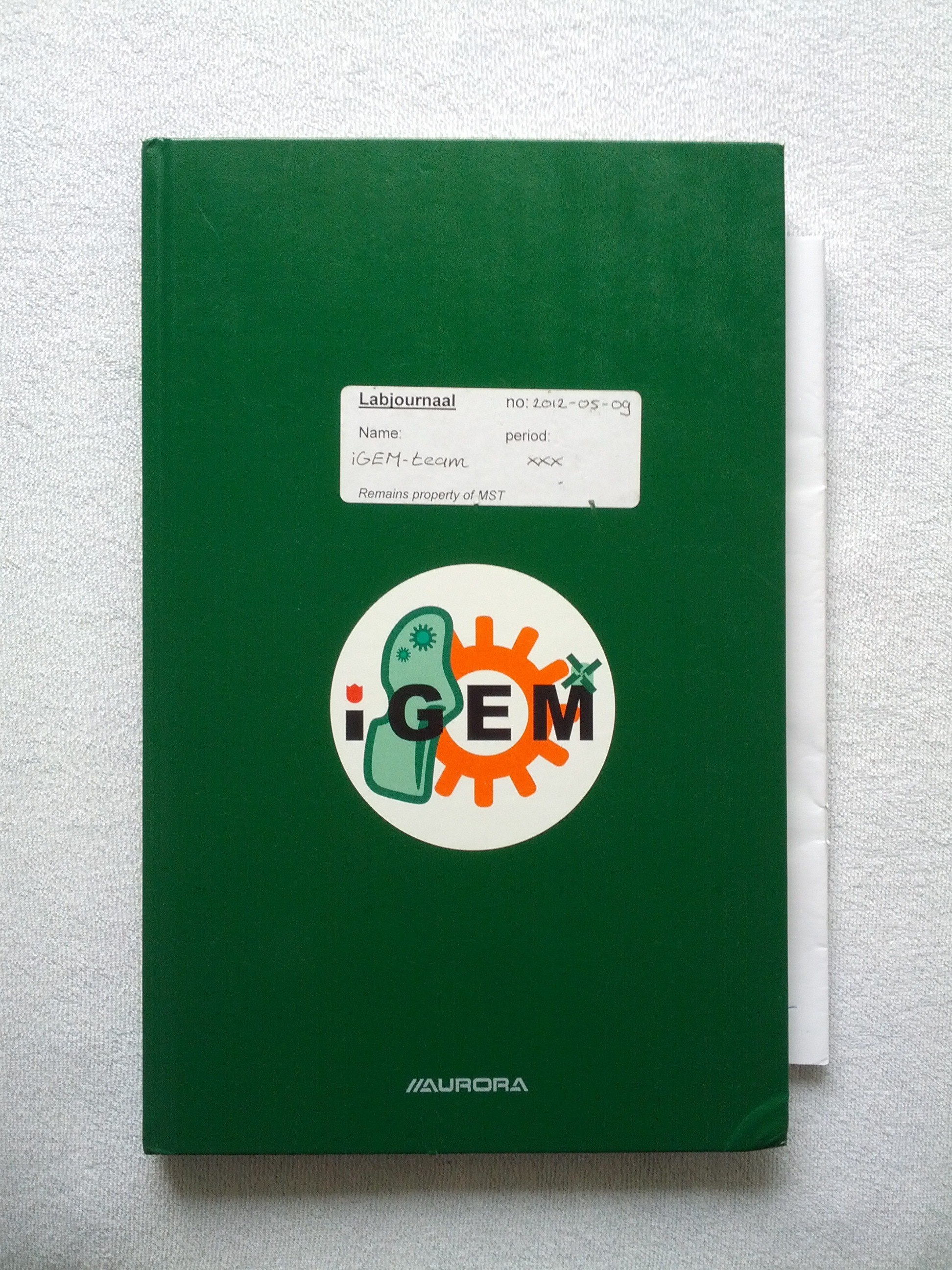Team:TU-Eindhoven/Protocols
From 2012.igem.org
| Line 8: | Line 8: | ||
<h3>BioBrick<sup>TM</sup> construction</h3> | <h3>BioBrick<sup>TM</sup> construction</h3> | ||
| - | <p>Many protcols for assembling BioBricks<sup>TM</sup> are already available, like Standard Assembly and 3A-assembly. These are suited for the assembly of standardized bricks, however, we created our BioBricks<sup>TM</sup> out of non-standard material and when working with yeast we used <span class="red">non-standard vectors</span> to carry the protein coding sequences. In other words, most of our <span class="red">cloning </span>steps had to be done the <span class="red">old-fashioned way</span> and consequently the yields were lower than with standard assembly. The solution was to use more DNA and longer incubation for digestion. This guaranteed a proper yield at the end of the process. The detail can be found in our <html><a href="https://static.igem.org/mediawiki/2012/d/dd/BioBrickprotocol.pdf">high-efficiency BioBrick<sup>TM</sup> assembly protocol</a></html>. This includes <span class="red">digestion, ligation and transformation</span>.</p> | + | <p>Many protcols for assembling BioBricks<sup>TM</sup> are already available, like Standard Assembly and 3A-assembly. These are suited for the assembly of standardized bricks, however, we created our BioBricks<sup>TM</sup> out of non-standard material and when working with yeast we used <span class="red">non-standard vectors</span> to carry the protein coding sequences. In other words, most of our <span class="red">cloning </span>steps had to be done the <span class="red">old-fashioned way</span> and consequently the yields were lower than with standard assembly. The solution was to use more DNA and longer incubation for digestion. This guaranteed a proper yield at the end of the process. The detail can be found in our <html><a href="https://static.igem.org/mediawiki/2012/d/dd/BioBrickprotocol.pdf" target="_blank">high-efficiency BioBrick<sup>TM</sup> assembly protocol</a></html>. This includes <span class="red">digestion, ligation and transformation</span>.</p> |
Latest revision as of 02:07, 27 September 2012


Standard protocols and modifications
In the lab we used many standard protocols, however, some of were modified from literature. The reasons for modification are indicated briefly below. For completeness, we also included the protocols we consider pretty standard.
BioBrickTM construction
Many protcols for assembling BioBricksTM are already available, like Standard Assembly and 3A-assembly. These are suited for the assembly of standardized bricks, however, we created our BioBricksTM out of non-standard material and when working with yeast we used non-standard vectors to carry the protein coding sequences. In other words, most of our cloning steps had to be done the old-fashioned way and consequently the yields were lower than with standard assembly. The solution was to use more DNA and longer incubation for digestion. This guaranteed a proper yield at the end of the process. The detail can be found in our high-efficiency BioBrickTM assembly protocol. This includes digestion, ligation and transformation.
Yeast transformation
The principal protocol for yeast transformation was Gietz and Schiestl (2007)[1]. It promised high transformation efficiency, however, in combination with our yeast the yield was a factor thousand lower than expected. The solution was to increase the amount of DNA used for transformation up to a whopping 3 µg and to work with freshly cultured yeast in mid-log phase instead of vials of frozen competent cells. For more details, please refer to the modified yeast transformation protocol.
Pretty Standard Protocols (PSP)
The following protocols were regularly used in the lab and are referred to implicitly in the weekly notebook pages.
- Media: LB, YPD, SDCAA, SC, Phosphate buffer.
- Culture: E. coli, S. cerevisiae.
- Cryopreservation: E. coli, S. cerevisiae.
- Expression of protein: From pET-vector, from pYES2/pYES3.
- QIAgen kits: Miniprep, gel extraction, PCR-purification.
- Cloning: Colony PCR.
- [1]R. Gietz and R. Schiestl, High-efficiency yeast transformation using the LiAc/SS carrier DNA/PEG method, Nature Protocols 2: 31-34, (2007)
 "
"